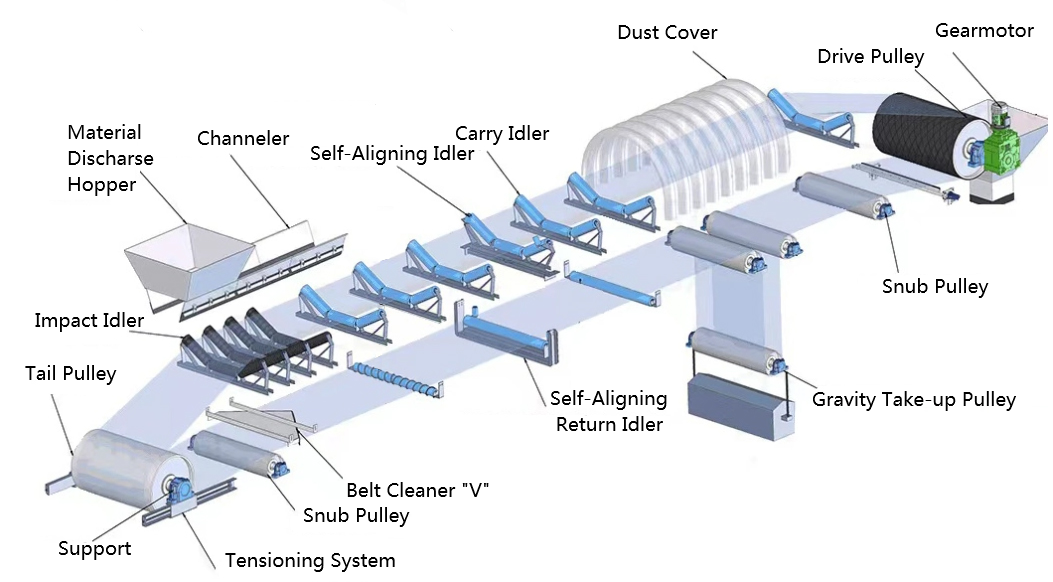 Afrikaans
Afrikaans  Albanian
Albanian  Amharic
Amharic  Arabic
Arabic  Armenian
Armenian  Azerbaijani
Azerbaijani  Basque
Basque  Belarusian
Belarusian  Bengali
Bengali  Bosnian
Bosnian  Bulgarian
Bulgarian  Catalan
Catalan  Cebuano
Cebuano  Corsican
Corsican  Croatian
Croatian  Czech
Czech  Danish
Danish  Dutch
Dutch  English
English  Esperanto
Esperanto  Estonian
Estonian  Finnish
Finnish  French
French  Frisian
Frisian  Galician
Galician  Georgian
Georgian  German
German  Greek
Greek  Gujarati
Gujarati  Haitian Creole
Haitian Creole  hausa
hausa  hawaiian
hawaiian  Hebrew
Hebrew  Hindi
Hindi  Miao
Miao  Hungarian
Hungarian  Icelandic
Icelandic  igbo
igbo  Indonesian
Indonesian  irish
irish  Italian
Italian  Japanese
Japanese  Javanese
Javanese  Kannada
Kannada  kazakh
kazakh  Khmer
Khmer  Rwandese
Rwandese  Korean
Korean  Kurdish
Kurdish  Kyrgyz
Kyrgyz  Lao
Lao  Latin
Latin  Latvian
Latvian  Lithuanian
Lithuanian  Luxembourgish
Luxembourgish  Macedonian
Macedonian  Malgashi
Malgashi  Malay
Malay  Malayalam
Malayalam  Maltese
Maltese  Maori
Maori  Marathi
Marathi  Mongolian
Mongolian  Myanmar
Myanmar  Nepali
Nepali  Norwegian
Norwegian  Norwegian
Norwegian  Occitan
Occitan  Pashto
Pashto  Persian
Persian  Polish
Polish  Portuguese
Portuguese  Punjabi
Punjabi  Romanian
Romanian  Russian
Russian  Samoan
Samoan  Scottish Gaelic
Scottish Gaelic  Serbian
Serbian  Sesotho
Sesotho  Shona
Shona  Sindhi
Sindhi  Sinhala
Sinhala  Slovak
Slovak  Slovenian
Slovenian  Somali
Somali  Spanish
Spanish  Sundanese
Sundanese  Swahili
Swahili  Swedish
Swedish  Tagalog
Tagalog  Tajik
Tajik  Tamil
Tamil  Tatar
Tatar  Telugu
Telugu  Thai
Thai  Turkish
Turkish  Turkmen
Turkmen  Ukrainian
Ukrainian  Urdu
Urdu  Uighur
Uighur  Uzbek
Uzbek  Vietnamese
Vietnamese  Welsh
Welsh  Bantu
Bantu  Yiddish
Yiddish  Yoruba
Yoruba  Zulu
Zulu Understanding the Role of Impact Idlers in Belt Conveyor Systems
Understanding Impact Idlers in Belt Conveyors
Belt conveyors play a vital role in various industries, facilitating the movement of materials from one point to another efficiently. Among the crucial components of a belt conveyor system are the idlers, which support the belt and help maintain its alignment and stability during operation. One specific type of idler is the impact idler, designed to handle the challenges posed by material loading and impacts.
What are Impact Idlers?
Impact idlers are specialized components installed on belt conveyors where there is a high potential for material impact. These idlers are typically positioned at loading points, transfer points, or places where materials fall onto the conveyor belt. The primary function of impact idlers is to absorb the energy generated by the falling materials, thereby reducing the risk of damage to the belt and other components of the conveyor system.
Impact idlers are generally made with robust materials and have a larger diameter and rubberized surfaces to cushion the blow when materials hit them. This design helps dissipate the energy imparted by falling objects, ensuring the longevity and efficiency of the conveyor system.
Importance of Impact Idlers
1. Protection of the Conveyor Belt The most significant advantage of using impact idlers is the protection they offer to the conveyor belt. Direct impacts from heavy materials can cause tears, punctures, and other forms of damage. By absorbing shocks, impact idlers extend the life of the belt, reducing maintenance costs and downtime.
2. Improved Material Handling Impact idlers help maintain a steady flow of materials on the conveyor. They reduce bounce and maintain the alignment of the belt, ensuring that the materials are transferred smoothly from one point to another. This improves operational efficiency and minimizes the risk of spillage, which can lead to safety hazards and additional cleanup costs.
impact idlers are used in a belt conveyor at mcq

3. Reduced Noise The cushioning effect of impact idlers also contributes to reduced operational noise. As materials hit the impact idlers instead of the rigid support structures, noise levels are significantly lowered, creating a more pleasant working environment.
4. Minimized Wear and Tear By absorbing shocks, impact idlers decrease the wear and tear on not just the belt, but also on the rollers, frames, and other components of the conveyor system. This means lower replacement costs and longer intervals between maintenance checks.
Installation and Maintenance of Impact Idlers
The installation of impact idlers should be done at critical loading points as part of a comprehensive conveyor design. It’s important to assess the characteristics of the materials being handled, such as size, weight, and fall height, to determine the appropriate type and number of impact idlers required.
Regular maintenance is essential to ensure that impact idlers function effectively. Inspecting the idlers for signs of wear, checking for alignment issues, and ensuring that the rubber surfaces are intact can help prevent issues before they escalate. Proper lubrication of roller bearings and periodic cleaning to avoid debris buildup are also crucial maintenance tasks.
Conclusion
In summary, impact idlers are a key component in the functionality and efficiency of belt conveyors, particularly in environments where heavy materials are transported. Their role in protecting the conveyor belt, enhancing operational efficiency, reducing noise, and minimizing wear and tear cannot be overstated. Proper installation and maintenance of impact idlers are essential for maximizing their benefits and ensuring the longevity of the entire conveyor system. As industries continue to streamline operations and enhance material handling processes, the importance of impact idlers will only increase, driving advancements in conveyor technology and design.
-
Revolutionizing Conveyor Reliability with Advanced Rubber Lagging PulleysNewsJul.22,2025
-
Powering Precision and Durability with Expert Manufacturers of Conveyor ComponentsNewsJul.22,2025
-
Optimizing Conveyor Systems with Advanced Conveyor AccessoriesNewsJul.22,2025
-
Maximize Conveyor Efficiency with Quality Conveyor Idler PulleysNewsJul.22,2025
-
Future-Proof Your Conveyor System with High-Performance Polyurethane RollerNewsJul.22,2025
-
Driving Efficiency Forward with Quality Idlers and RollersNewsJul.22,2025





























